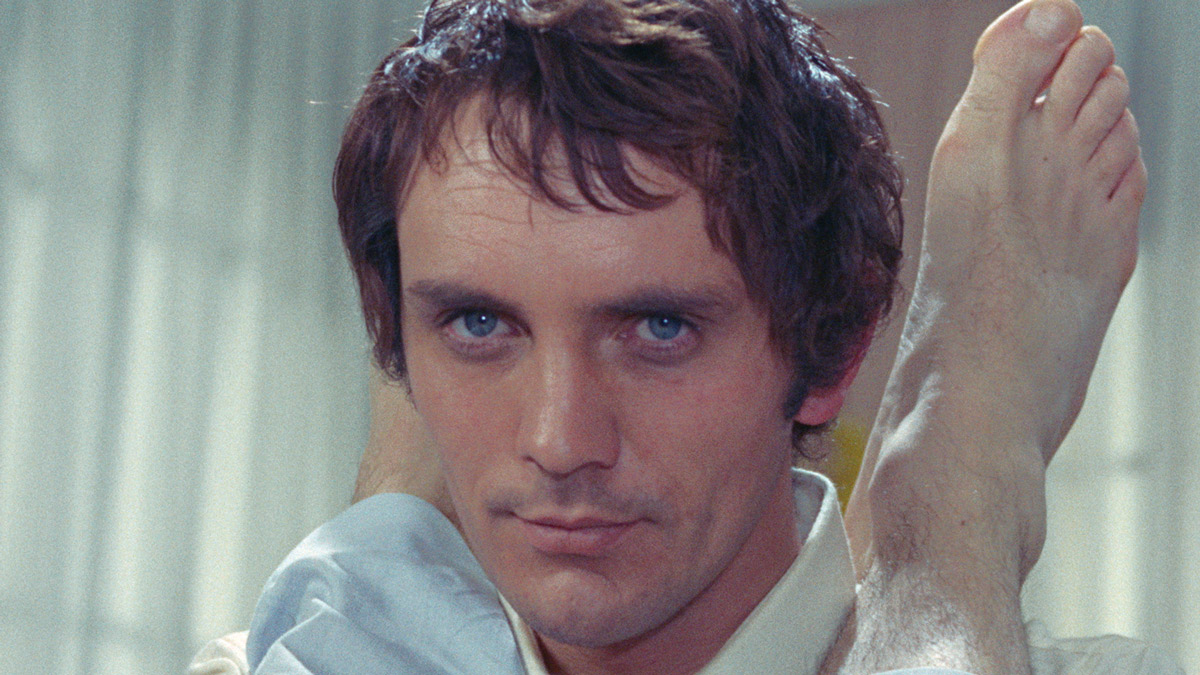2022.03.06
Revelation of the face
“A photographed tree is poetic, a photographed human face is poetic, because physicality is itself poetic, an illusion, full of mystery, full of ambiguity, ambiguous. Even trees are symbols of a linguistic system.'' (Pier Paolo Pasolini) *3
In Pasolini's films, faces tell more than the story. Pasolini preferred to collaborate with unskilled non-actors rather than with actors, who were artists. I was hoping for something. Teorema is, to quote Pasolini, the first film to film bourgeois people in a bourgeois environment. In this film, the casting of Anne Wiazemsky, an aristocratic woman, as the daughter of a bourgeois family is probably an extension of Pasolini's attitude.

"Teorema" (c) 1985 - Mondo TV SpA
In each of his works, Pasolini finds salvation in the faces of people. This is evident in the documentary works he has produced. Beautiful close-ups of Silvana Mangano in `` Apollo's Inferno '' and the outline of Maria Callas in `` Princess Medea '' (69). It can be said that he is a master at drawing out blank spaces beyond the stories that are told by the faces captured on camera, even down to the faces of ordinary people. In Teorema, the faces of the women carry a large part of the film's narrative, even more so than in the Francis Bacon art book that appears in the film. Silvana Mangano's face enhances the film's decadent flavor, and Laura Betti's levitating face has a facial revelation. And Anne Wiazemsky's face reveals a will to resist becoming decadent like her mother.


